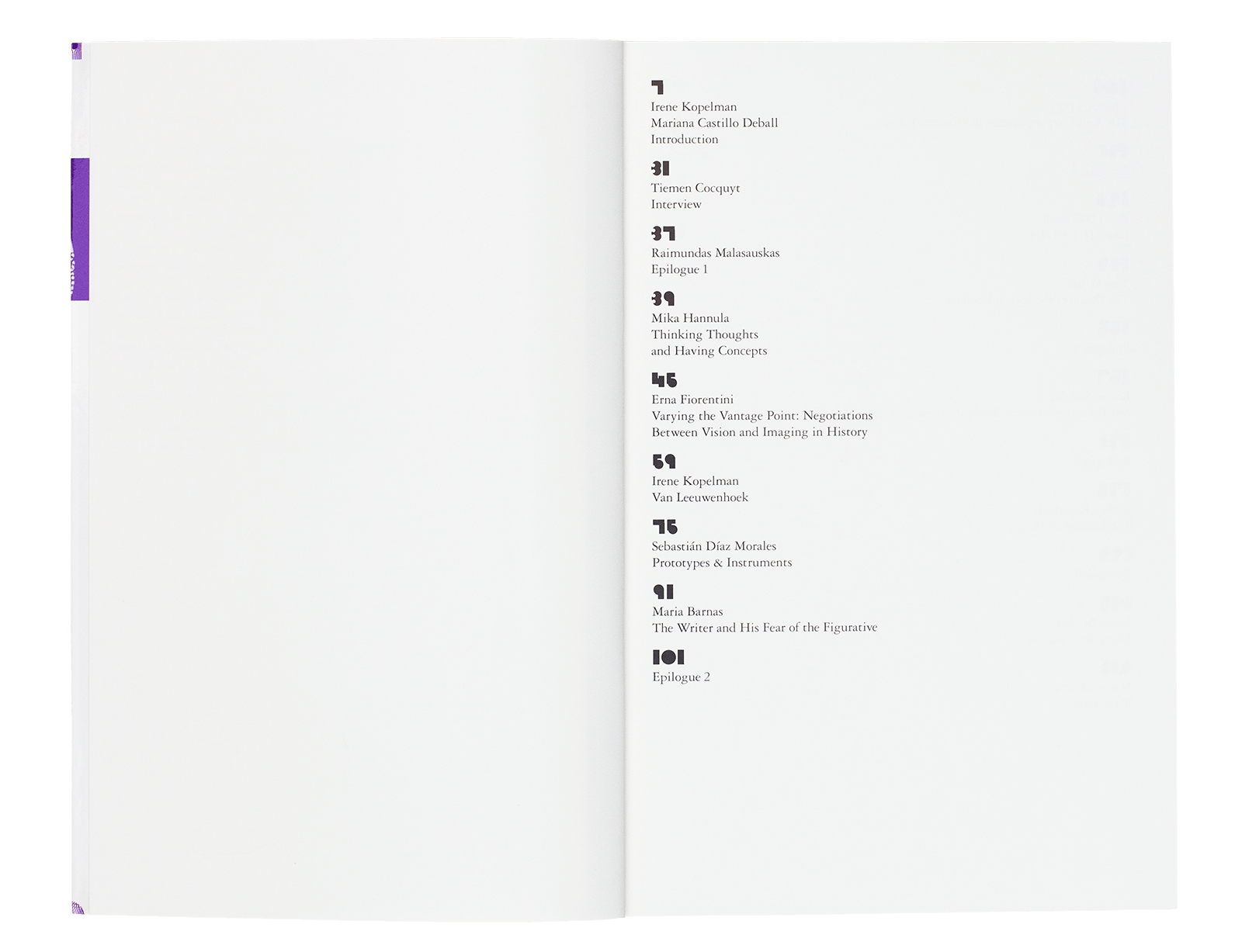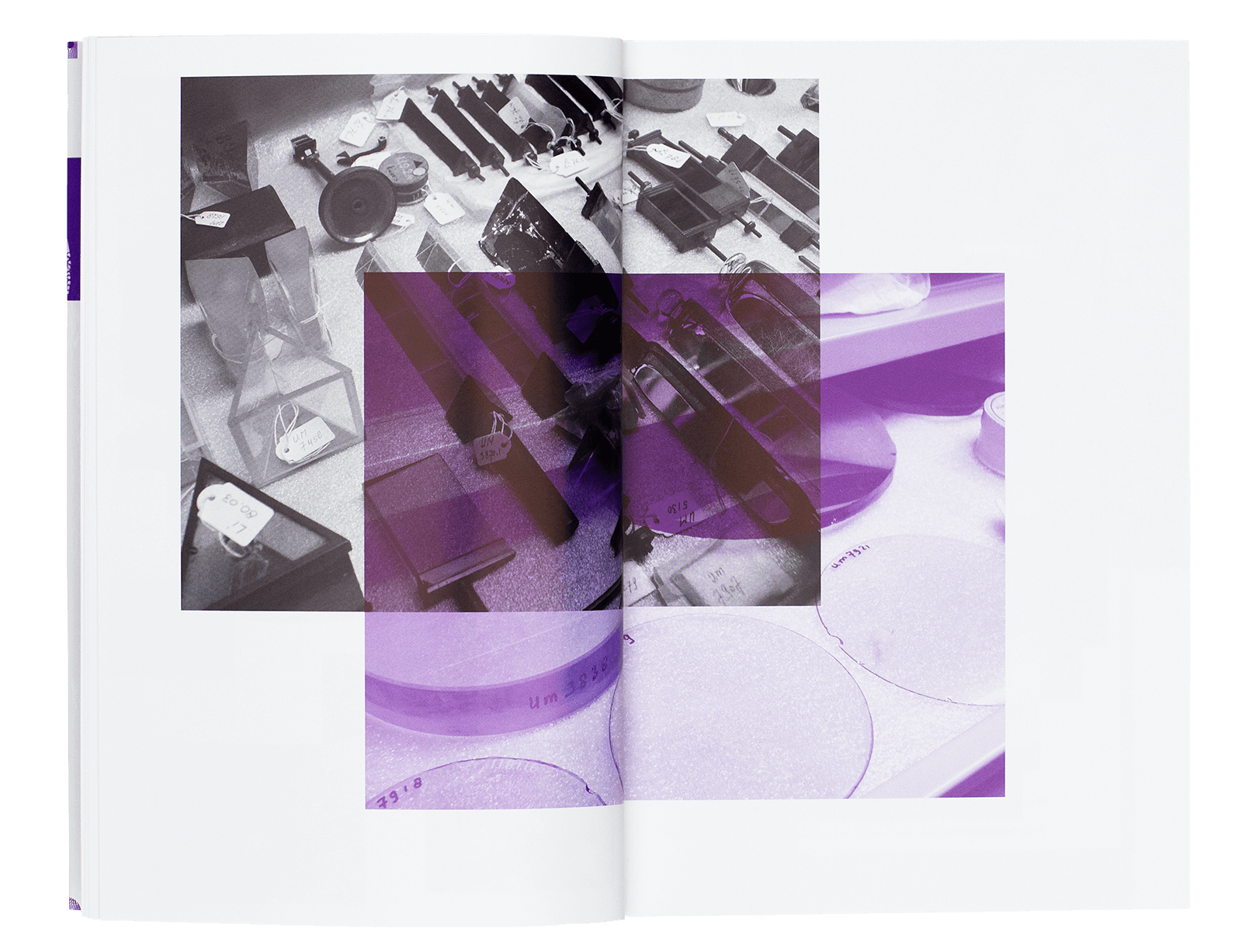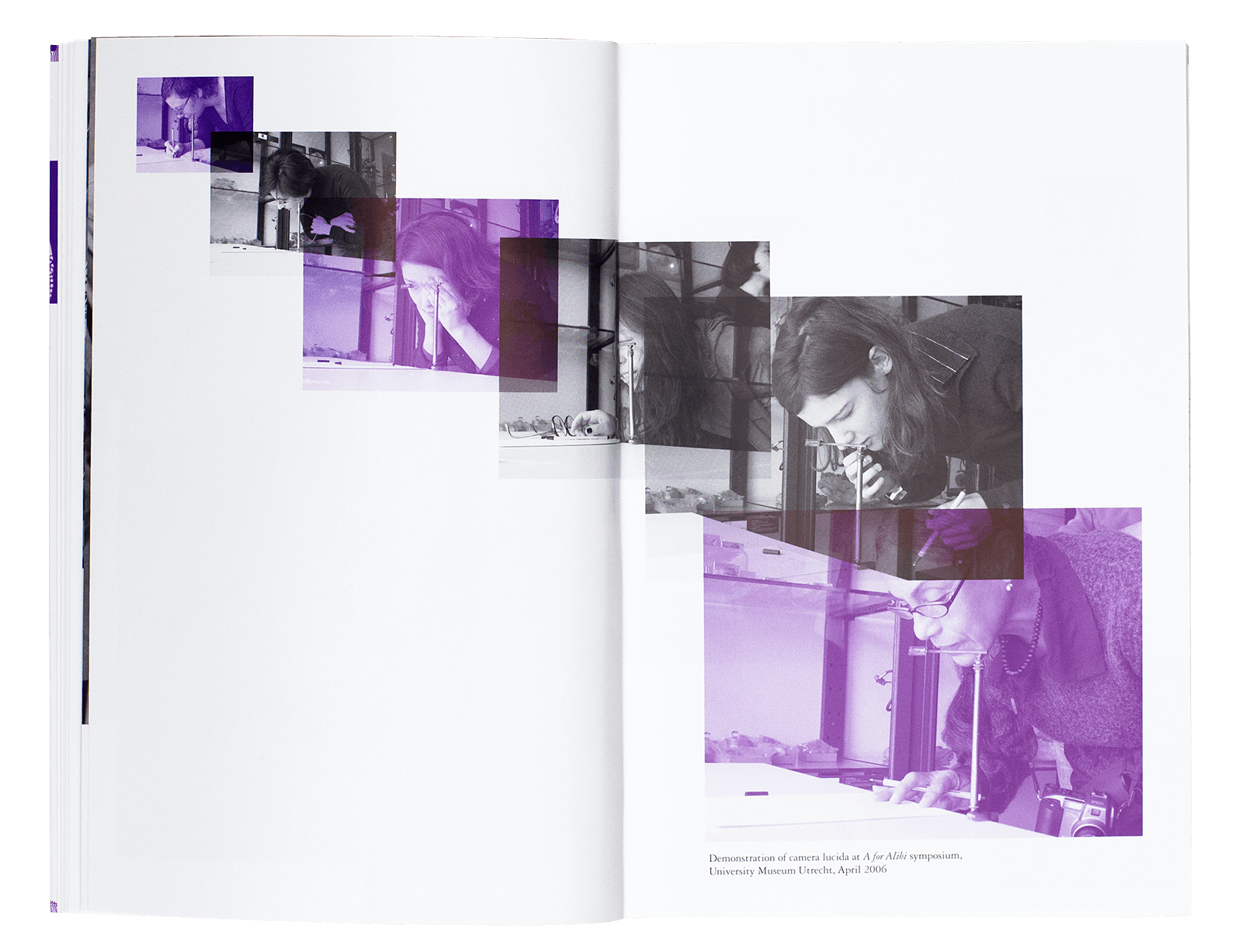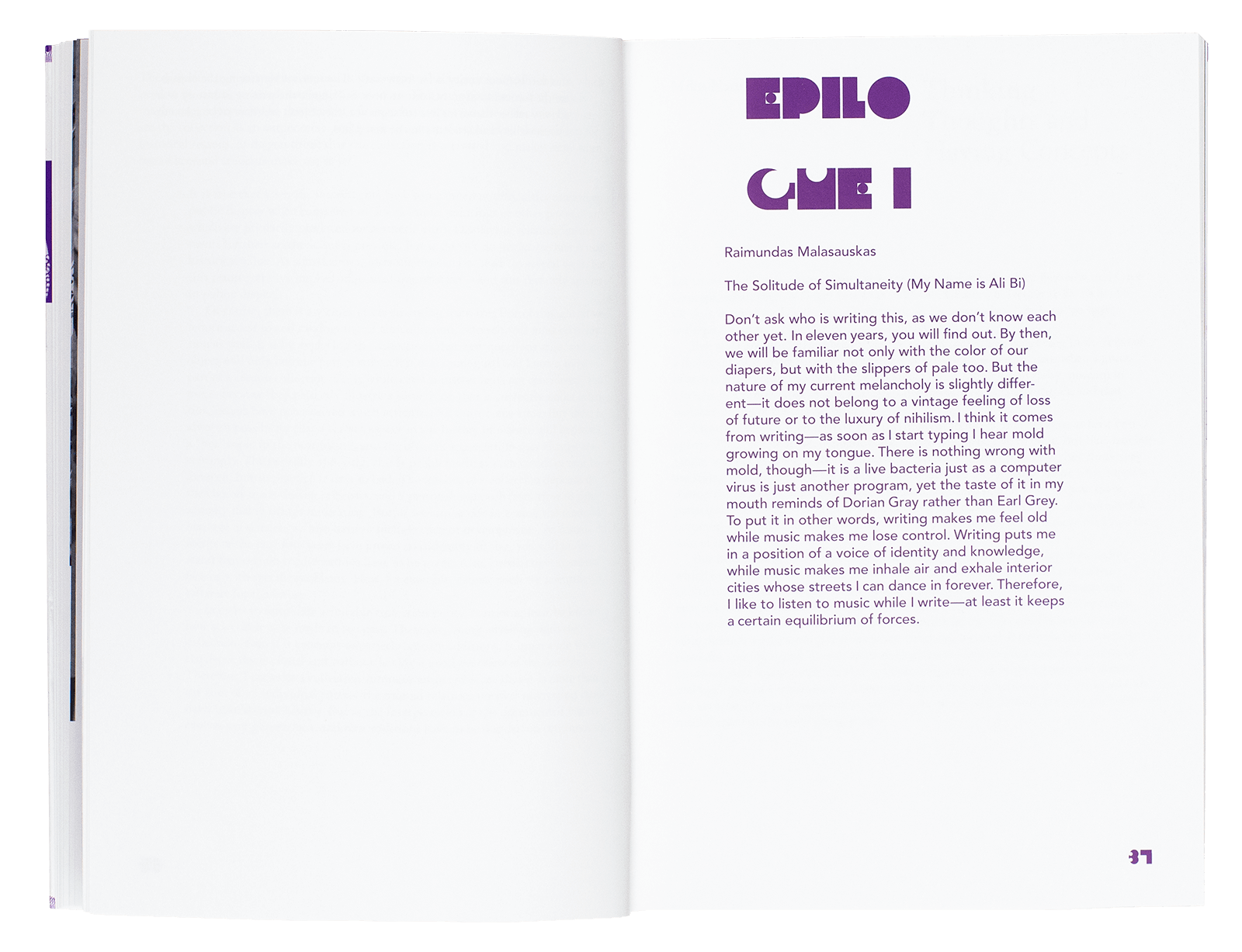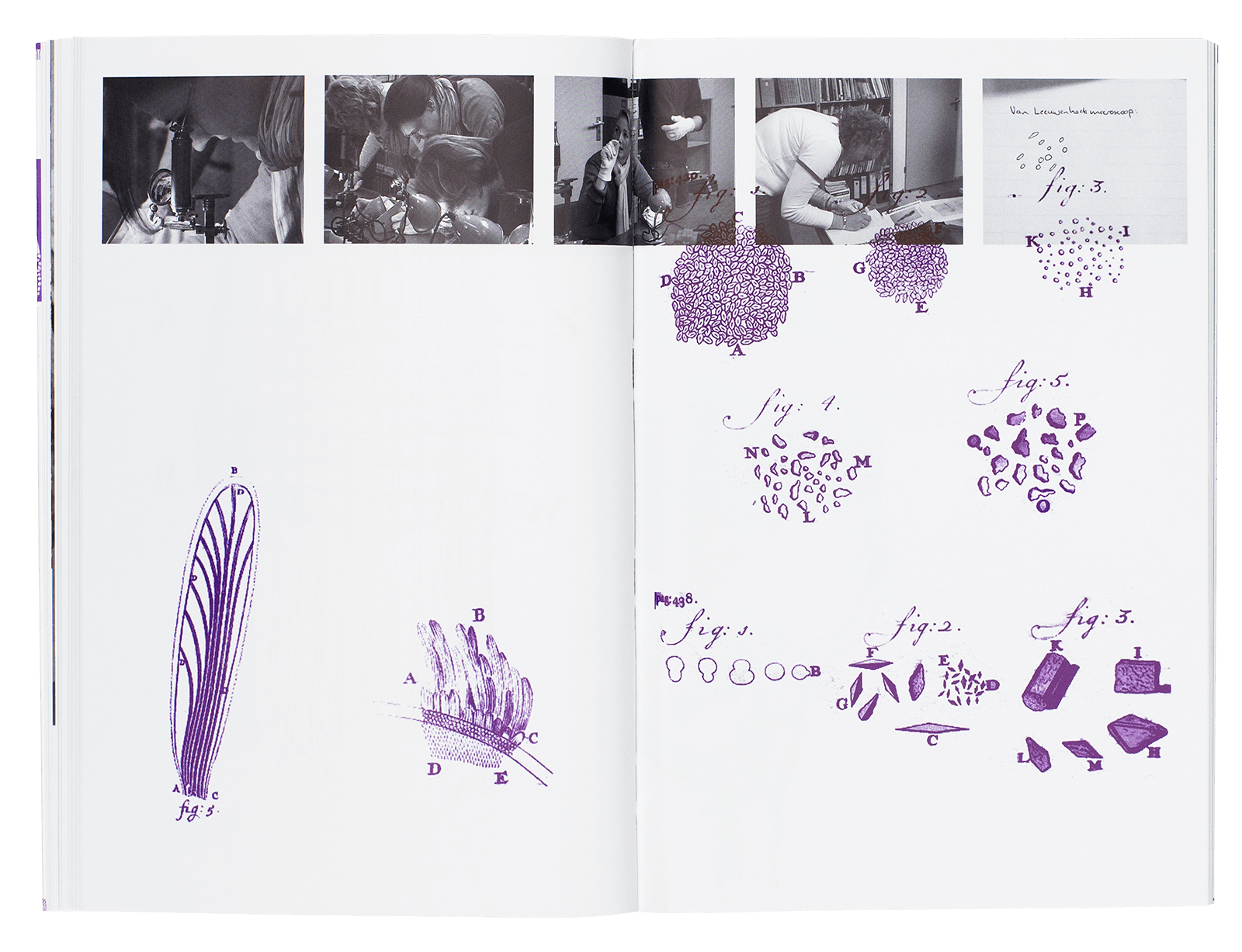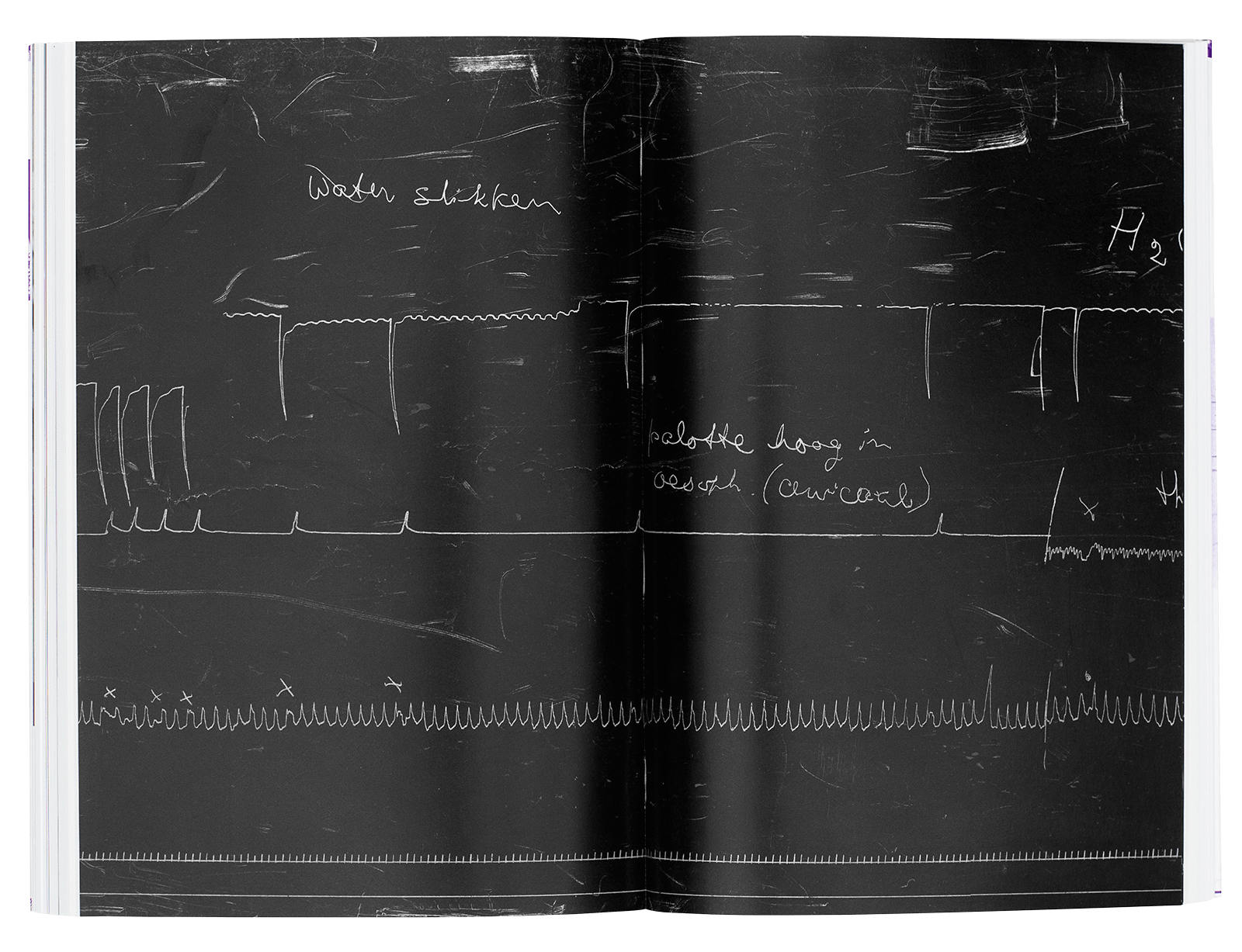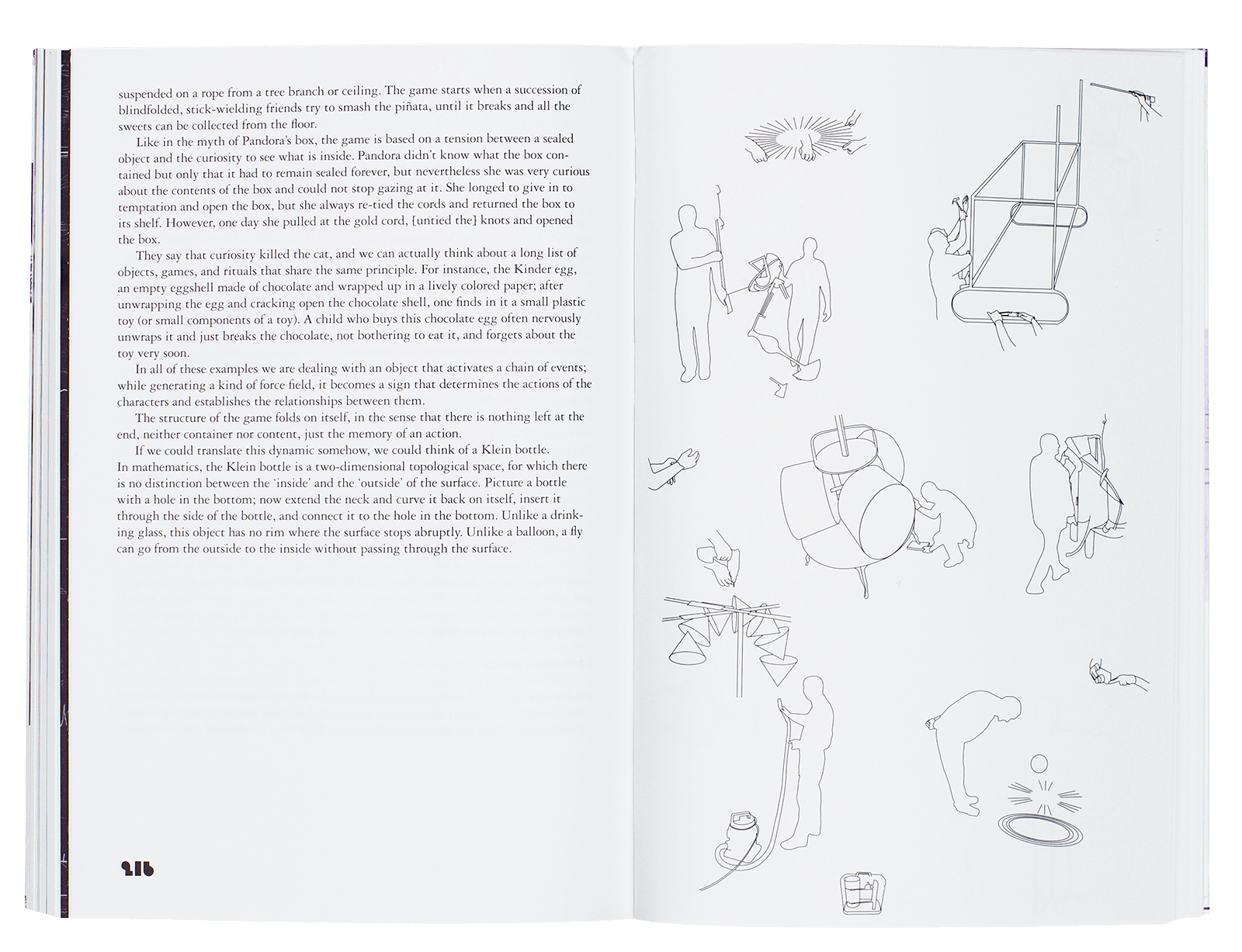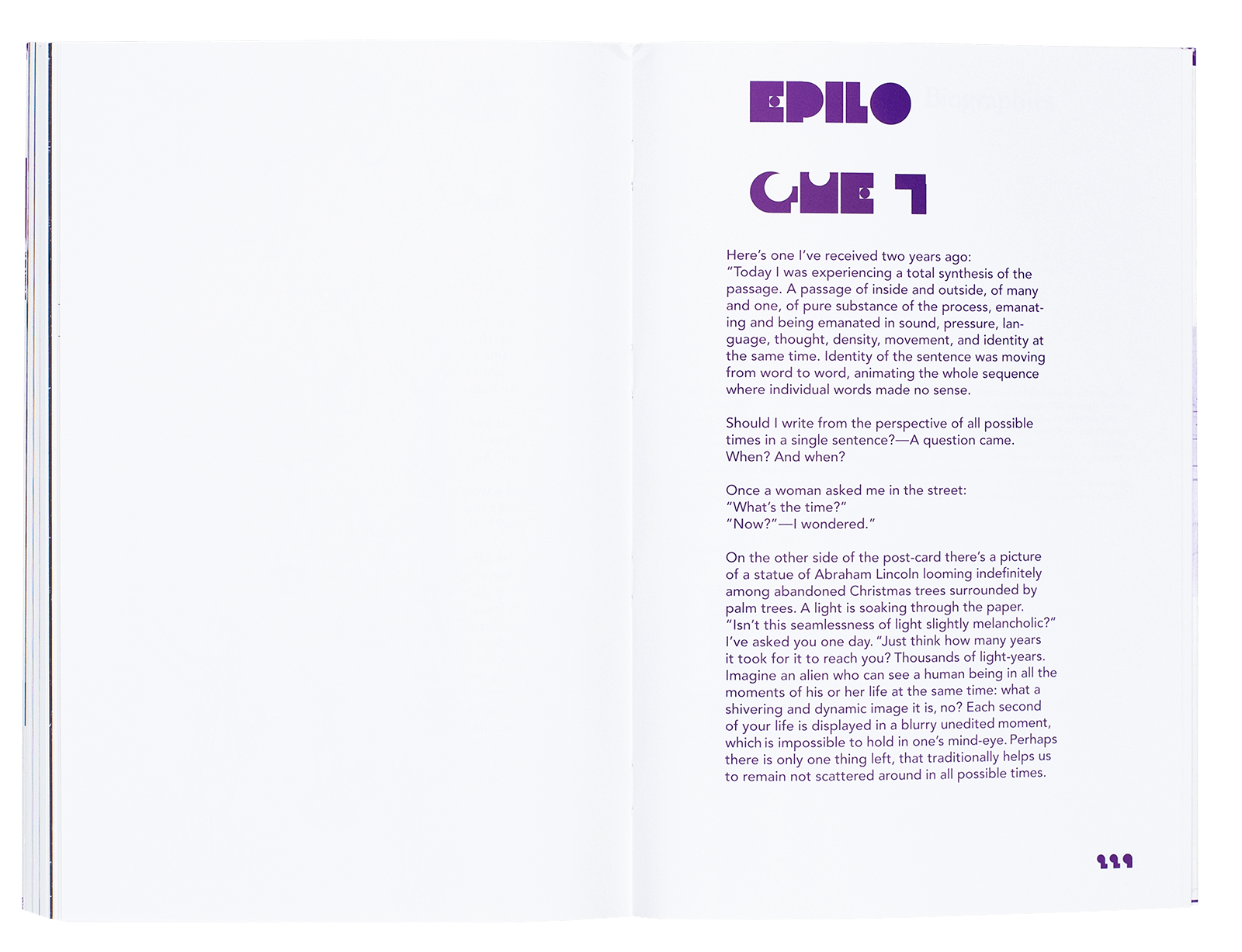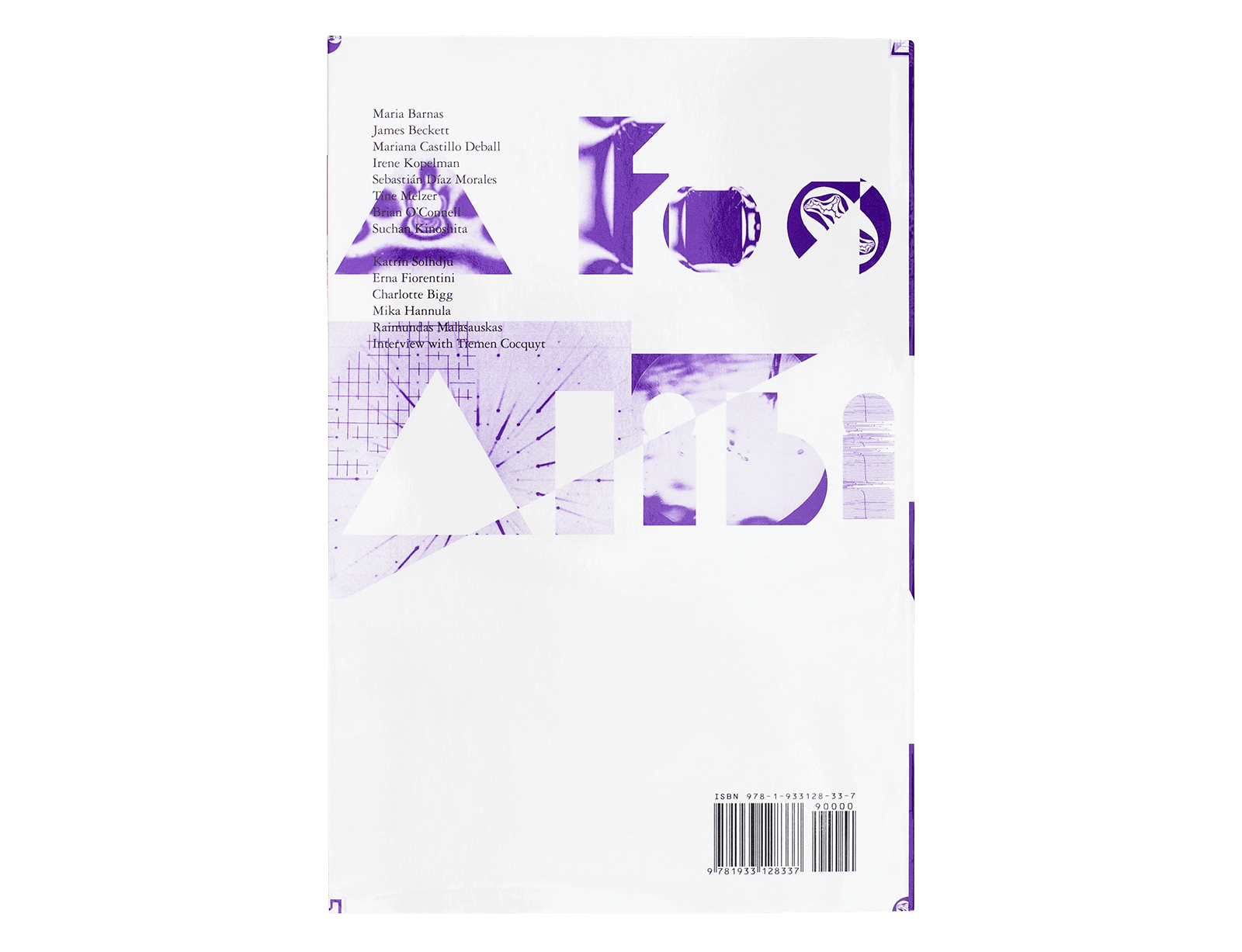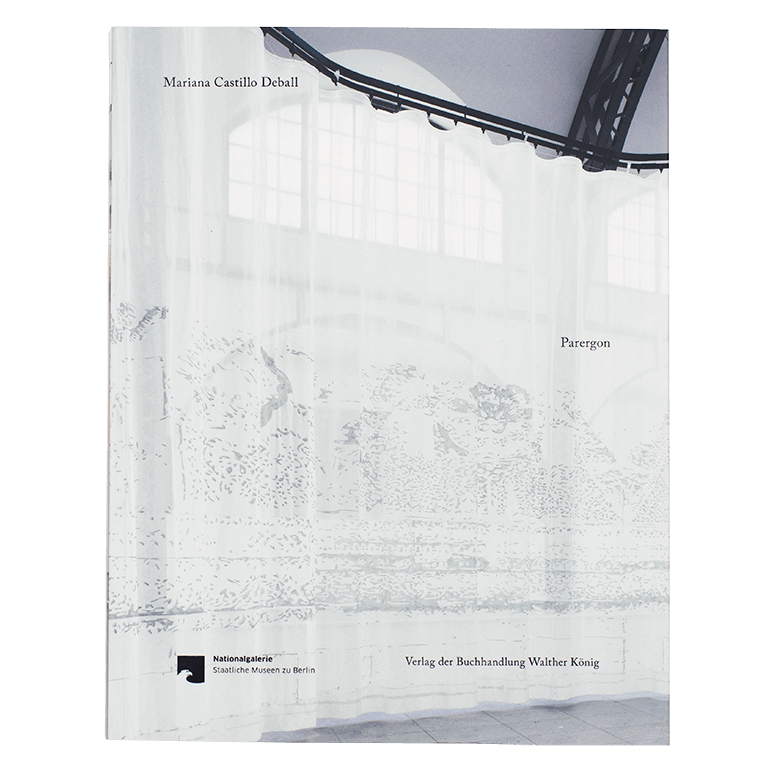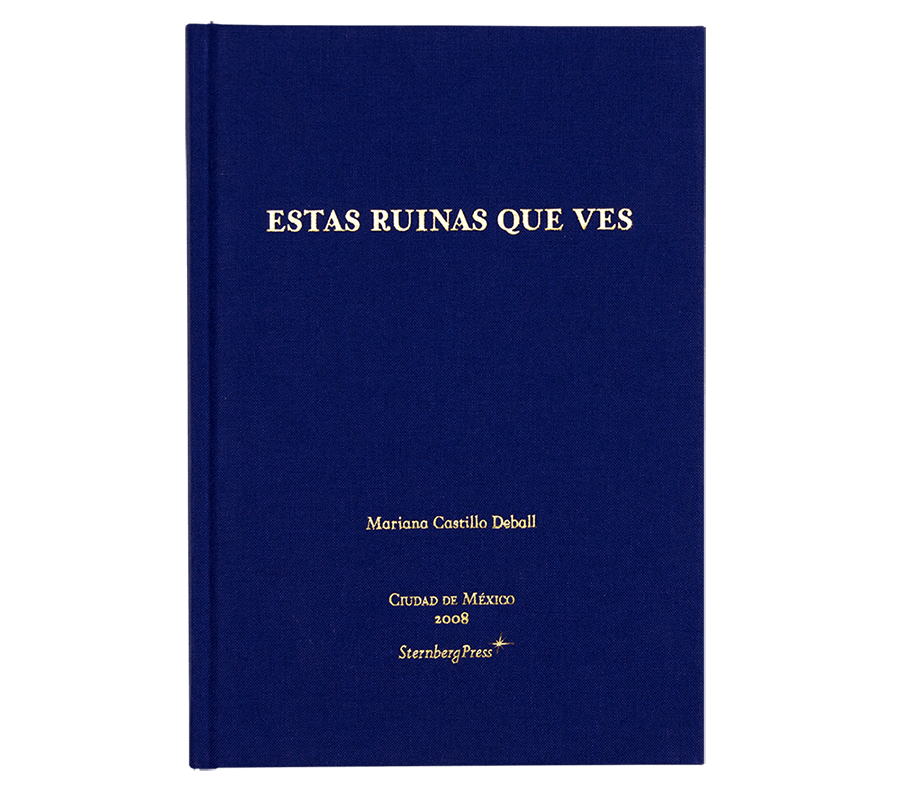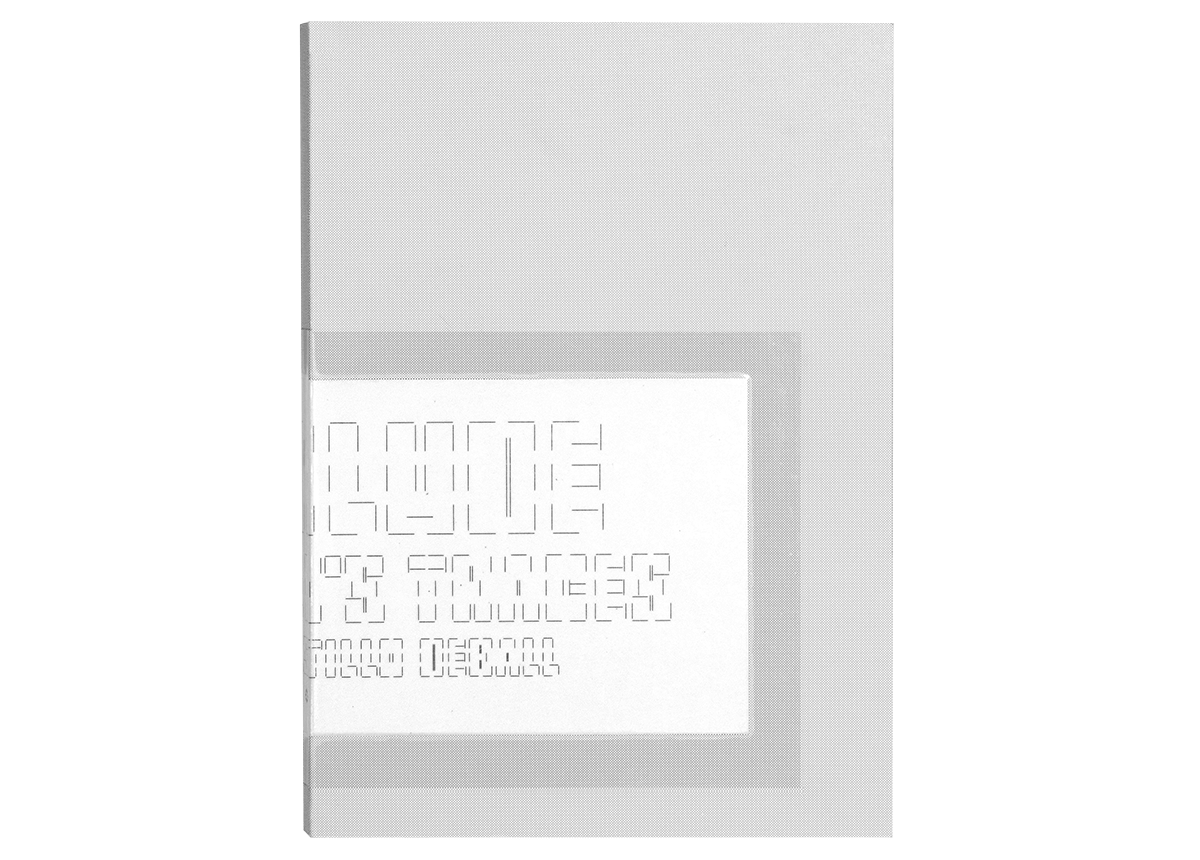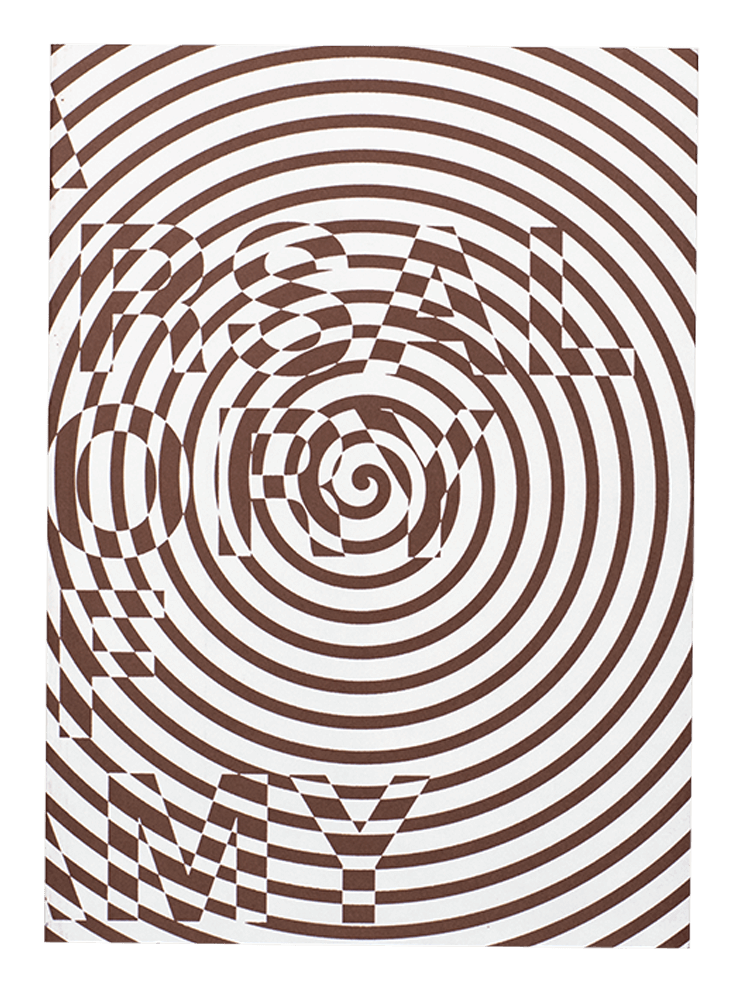A for Alibi
How does science transform observations into scientific facts?
What is the role of interpretation in the construction of knowledge?
How could art re-signify a historical process?
A for Alibi explores the boundaries of scientific practice and art. In the last few decades, a new branch of historical studies, called “experimental history” has begun to investigate scientific processes from a particular perspective, derived from a “hands-on” methodology. Scientific instruments are utilized and combined to become a direct source that leads to an understanding not just of scientific history but also of scientific practice. Similar to contemporary art practice, the experimental historical approach implies a combination of theory, practice and process, sharing a wider understanding of practice in the construction of meanings.
The Uqbar Foundation invited a group of artists to perform research and develop projects using the impressive collection of historical instruments and optical devices housed in the Utrecht University Museum. Fully illustrated, this book documents the artists’ projects as well as the A for Alibi symposium where renowned scientists and art historians lectured on the origins of modern visual culture, for instance on the relation between vision and representation in history, or on the ways in which science builds up a common and social image of the world. The book also features illustrations of numerous scientific instruments from the Utrecht University Museum collection. A for Alibi accompanies the same-titled show at de Appel, Amsterdam, July 14 – August 19, 2007.
Texts by Charlotte Bigg, Erna Fiorentini, Mika Hannula, Raimundas Malasauskas, Katrin Solhdju. Contributions by the participating artists Maria Barnas, James Beckett, Mariana Castillo Deball, Sebastian Diaz Morales, Suchan Kinoshita, Irene Kopelman, Tine Melzer, and Brian O’Connell. Interview with Tiemen Cocquyt.
English, 160 × 240 mm, 239 pages, 100 b/w illustrations, softcover with dust jacket, ISBN 978-1-933128-33-7. Available via Sternberg Press.

